
Xia Zheshun was happy to take his canoeing team members back to Shenzhen, Guangdong province, after waters in the city's Maozhou River were qualified to host training for the sport.
"We had been training for quite a long time outside Shenzhen as the water quality in the city's rivers was too low to meet training standards over the past several years," said Xia, head of the Shenzhen Sports Work Team.
According to Xia, all athletes on the canoeing team will begin training in August at a water sport training center that was built in a wetland park near the Maozhou.
"I never expected that such a wonderful training center would be established here in Shenzhen," he said.
The center, which includes a dock, rowing lanes, houses and a canteen, was built after water quality improved significantly due to four years of treatment at the once-polluted river, according to Xia.
With a length of 41.6 kilometers, the Maozhou is the largest river running from southeast to northwest in Shenzhen. It used to be one of the most polluted rivers in the city, due to severe industrial pollution and sewage following urban expansion over the past 30 years.
"The river was smelly, looking more like a scar in Shenzhen some 20 years ago," recalled Xia as he watched his rowers in the river on a sunny day in June. Along the river banks, many residents were taking walks, with white cranes flying above green trees and grass in the nearby wetland park.
Over the past four years, local authorities have devoted 120 billion yuan ($16.9 billion) to treat heavily-polluted rivers in Shenzhen, which has lead to enhanced landscape in the surrounding areas.
In the city's Baoan district, an investment of more than 40 billion yuan was used to build sewage treatment facilities in the past few years.
"We have built separate pipe systems for rainfall and domestic wastewater, which have increased the treatment capacity of sewage," said Jing Mou, deputy general manager of the Maozhou River treatment headquarters of the PowerChina Eco-Environmental Group.
Since 2016, small workshops and high-level polluting factories along the banks of the Maozhou, which runs through most of Baoan, have been shut down by local environmental protection authorities.
Moreover, eight new sewage treatment plants have been established in Baoan since 2018, helping to increase sewage treatment capacity to 1.04 million metric tons per day, according to Jing.
Zheng Caijuan, a 40-year-old resident who lives near the Maozhou, often brings her children to walk along the banks of the river on weekends.
"We like walking in the wetland park near the river," said Zheng, who had moved to a nearby residential community in 2010. "The river was too smelly to allow us to open windows at that time."
Yao Ren, Party chief of Baoan, said a 255-km greenway network will be built along rivers running through the district in the near future.
"The ecological environment along the rivers would be dramatically improved, following the development of greenways and wetland parks," Yao said.
"An improved ecological environment should become part of a well-off society, allowing local residents to have a better living environment," he said.


6d050736-39ea-4ecc-89b0-7b05d9326c56.jpg)
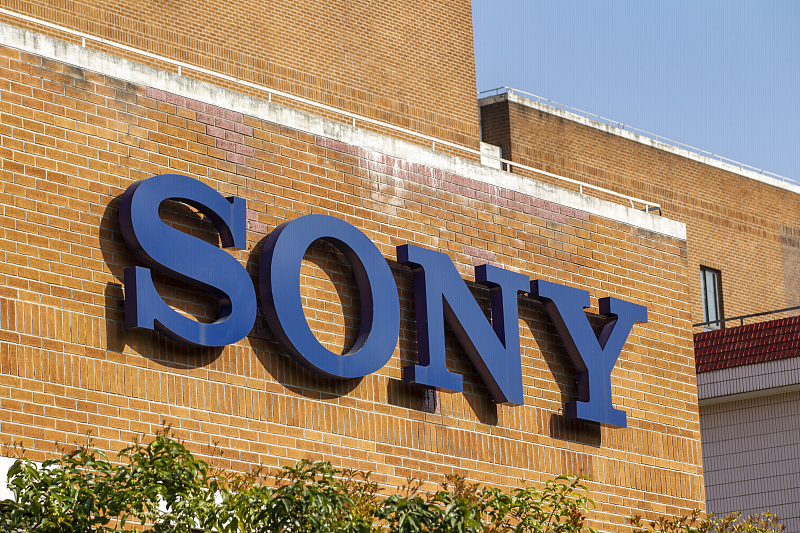

8e1aa36a-f12e-4a7b-b5cc-50958b34d477.jpg)
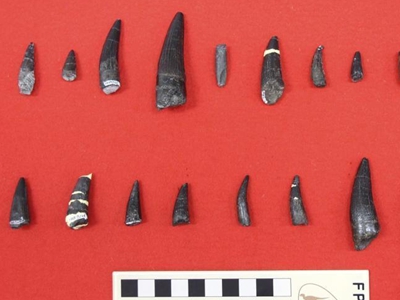

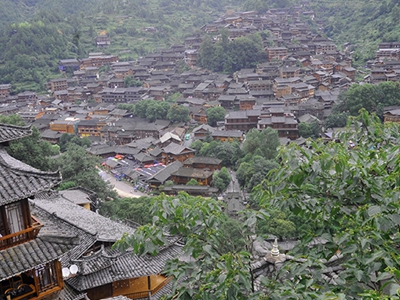


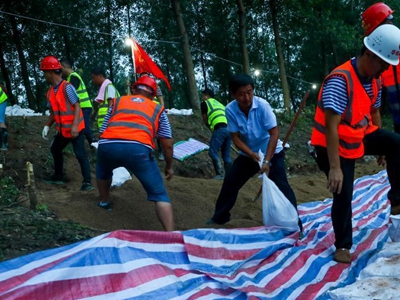

4d0d7707-2d05-4b5f-9480-8793deb409671b8f431d-93ce-4f23-a68f-0186150925a6.jpg)

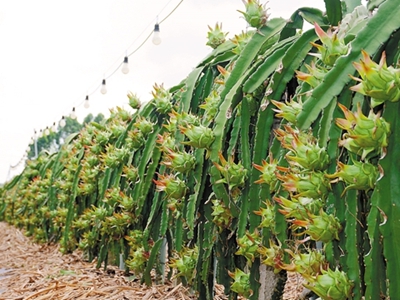

f9359549-9fa8-4f33-8da3-f0e5b88c8cad.jpg)
af4191f9-344e-45b4-8808-243699c2d37d.jpg)
e295435c-90be-495c-926b-fd84a414725c.jpg)
927351b6-7ec3-4f9a-b424-f9d4caed28ce.jpg)
ff8a0c5b-0d92-496e-a5a0-04fd9e3939fb.png)
cfca27c4-e284-4d90-abc1-7afd6c4e2eeb.jpg)
5ed0a50f-cd11-48f0-83b2-d4fec0c19221.jpg)
73c565b2-7ab1-49fa-9bcc-b665fb909005.jpg)
e520f26e-266c-4d57-b4d8-e6e1f0753e2f.jpg)
32b2a8f8-ea09-439c-88ff-18d30d3df348.jpg)
